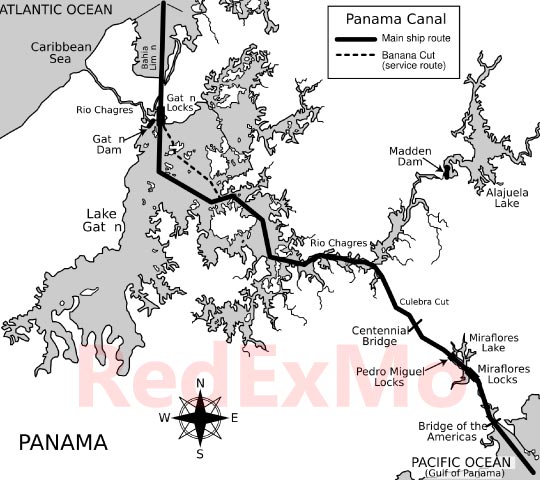
The Panama Canal is a man-made waterway that stretches across the Isthmus of Panama in Central America. It connects the Atlantic Ocean to the Pacific Ocean and is considered one of the most important engineering feats of the 20th century.
Construction of the canal began in 1904 and was completed in 1914. It was built by the United States and was later turned over to the Panamanian government in 1999. The canal has been a major influence on world trade and has played a crucial role in the development of Panama as a country.
The canal is approximately 50 miles long and is located in a region known for its high rainfall and humid climate. It consists of a series of locks that lift and lower ships as they pass through the canal. The lock system allows the canal to accommodate ships of different sizes and helps to maintain the water level in the canal.
The Panama Canal is a vital artery of international trade, with more than 14,000 ships passing through the canal each year. It is the shortest route between the East Coast of the United States and the West Coast of South America, and it is also a major route for shipping between Asia and the East Coast of the United States.
In addition to its importance for trade, the Panama Canal is also a popular tourist destination. Visitors can take boat tours of the canal, visit the Miraflores locks, and learn about the history of the canal at the Panama Canal Museum.

The Panama Canal has faced several challenges over the years, including the risk of landslides, earthquakes, and the impact of climate change. In 2016, a major expansion project was completed to allow larger ships to pass through the canal. The expansion project involved the construction of a new set of locks and the widening of the canal’s shipping lanes.
Despite these challenges, the Panama Canal remains an important transportation route and a symbol of human ingenuity and achievement. It continues to play a vital role in global trade and the development of Panama as a country.